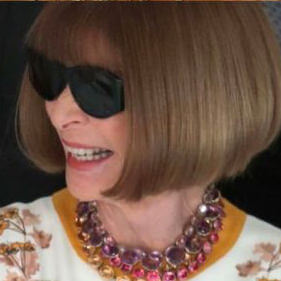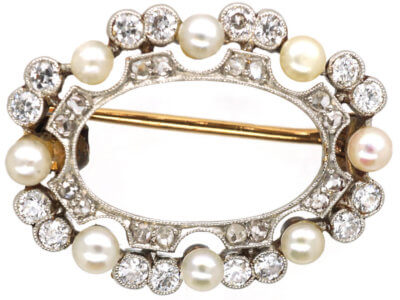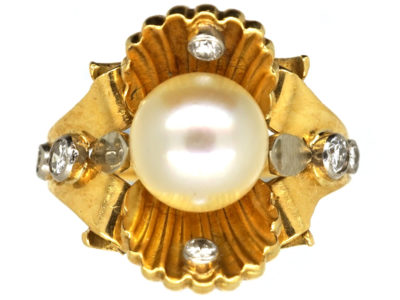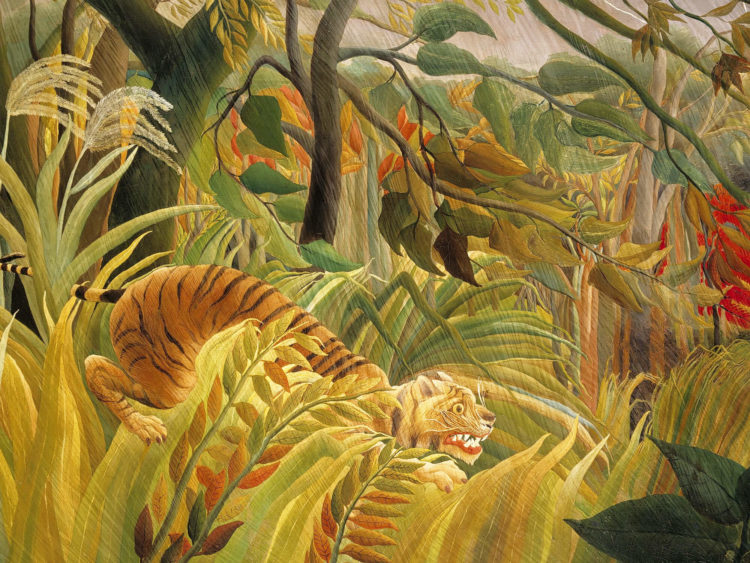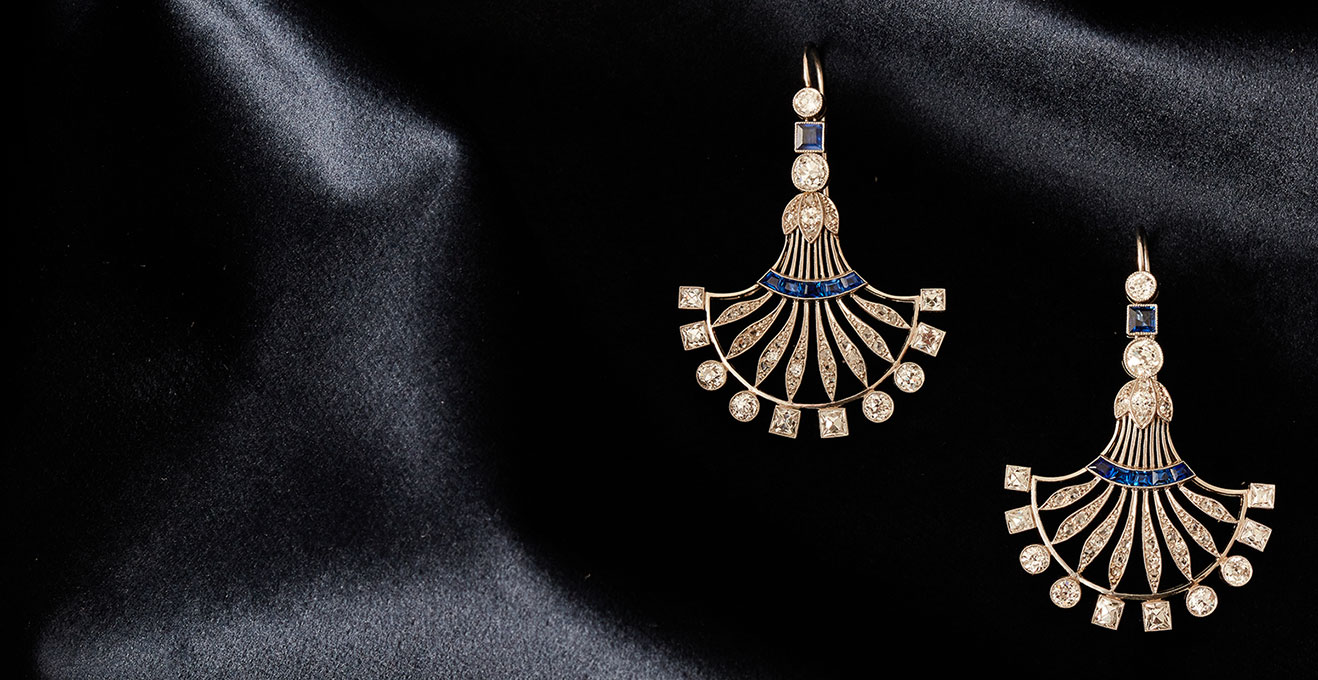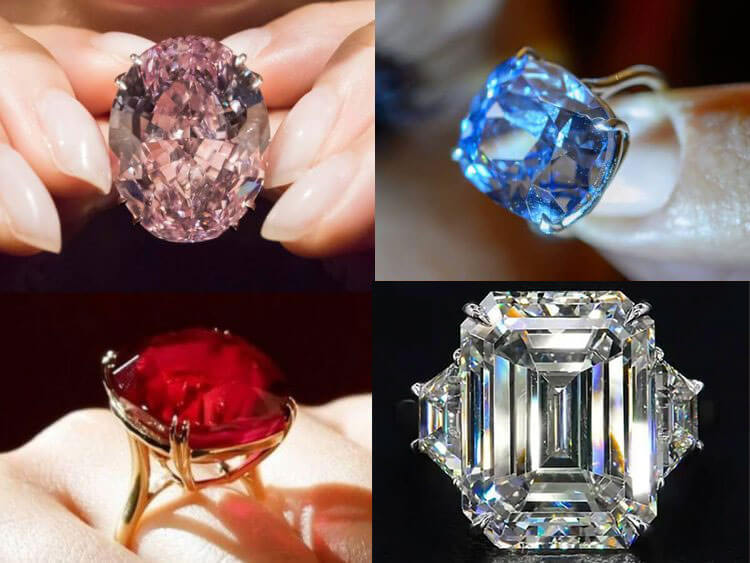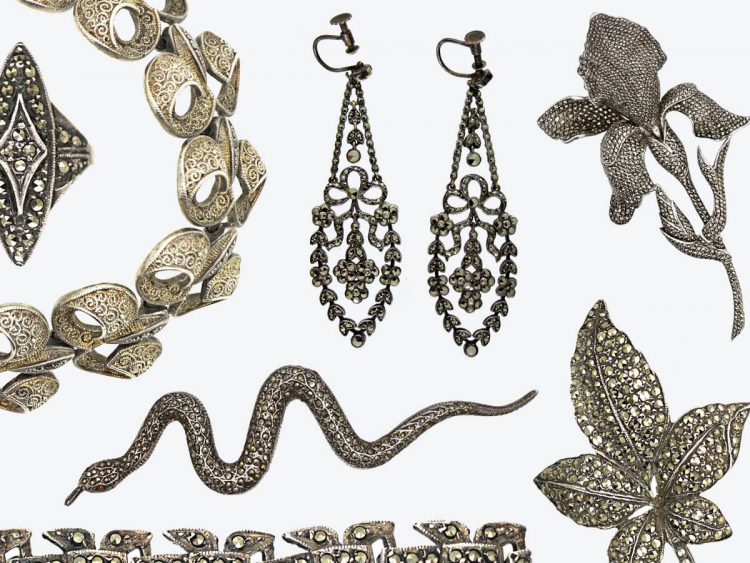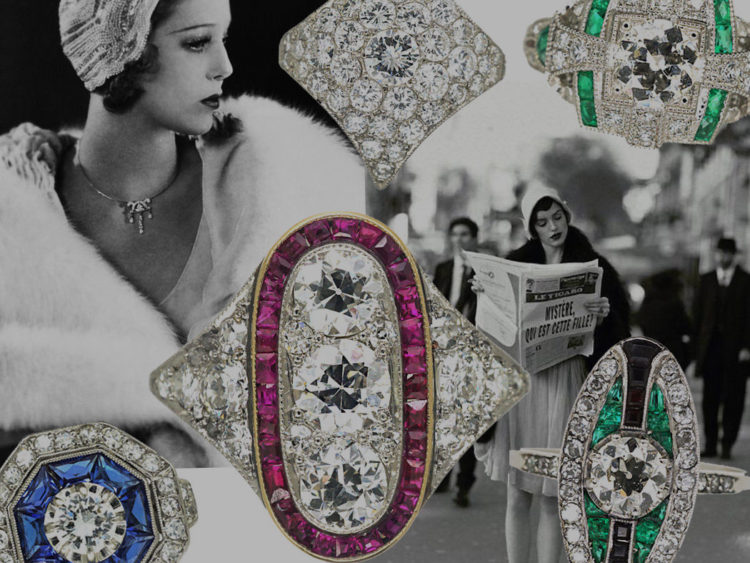-

Your Shopping Bag is empty
The Sweet Simplicity of Pearls
Pearls, with their luminous, organic beauty, have been coveted by cultures around the world for many thousands of years. The earliest known reference to pearls was written by a Chinese historian in 2206 BC.
Here is our guide to understanding these lustrous gemstones:
Natural vs Cultured Pearls
‘Natural’ pearls occur spontaneously in fresh or saltwater molluscs. These days they are rare and highly sought after. Until the late 19th century all real pearls were naturally occurring, in short supply and available only to the rich.
In the early 20th century, the cultured pearl industry was pioneered by Mikimoto Kōkichi. Cultured (or ‘farmed’) pearls are created by inserting mantle into a mollusc to instigate the otherwise natural pearl-making process. Cultured pearls are much more affordable than natural pearls as they are much more widely available. They can be extremely high quality, however. Freshwater pearls are cheaper than saltwater pearls, simply because saltwater oysters can only produce one pearl at a time. However, freshwater pearls can be very beautiful and typically have a thicker nacre which makes them durable and lustrous.

Synthetic (or ‘Imitation’) Pearls
Synthetic pearls are man-made beads designed to imitate real pearls. They are usually made from a base of glass, plastic or mollusc shell and covered in a pearlescent substance to give them lustre. Synthetic pearls are cheap and easy to find.
The Tooth Test
Want to know how to tell a real pearl from a fake? Rub the pearl against the front of your tooth (not the edge of it – pearls are soft and easy to scratch). A real pearl will feel slightly gritty and a fake pearl will feel smooth.
Treatments
Treating cultivated pearls to alter the colour, through bleaching, staining or irradiation (turning a freshwater pearl grey), is common. Both cultivated and natural pearls can be polished to improve the lustre and appearance.

Assessing the Quality of a Pearl
Pearls come in many different sizes, colours and forms, but the following guidelines will help you to identify those of the highest quality:
Lustre
A pearl with high lustre will have bright reflections on the surface and are considered to have greater value than their duller counterparts. Lustre is probably the most important factor when assessing a pearl.
Surface
While natural pearls can have an uneven appearance, blemishes on the surface can indicate lack of lustre and durability, which impacts the value of the pearl. If the blemishes are minor enough to be disguised in mounting or with a drill hole then they might be overlooked.
Shape
The most prized pearls generally come in perfect spheres or symmetrical drops, but well-formed pear, oval or baroque cultured pearls are also desirable. Pearls come in eight basic shapes: round, semi-round, button, drop, pear, oval, baroque, and circled.
Colour
While white and black pearls are the most traditional (and cream generally considered the most desirable), pearls come in a wide range of naturally occuring colours. Pearls can also be treated to enhance or create colour – e.g. bleaching to white, or treating pearls to create a ‘chocolate’ colour.
Nacre Thickness
The nacre thickness affects the lustre of the pearl as well as its durability. If a pearl appears dull or chalky, or if you can see the nucleus underneath the nacre, then it’s likely that the nacre is undesirably thin and of lower quality.
Size
The rule of thumb is that the bigger the pearl, the better and more valuable. South Sea cultured pearls tend to be the largest. However other factors such as rarity or lustre come into play and it’s not a hard and fast rule.
Matching
While it can be more interesting and very elegant to mismatch pearls, in general the most sought after pearl jewellery is created from (almost) identical, matching pearls.
How to Look After Your Pearls
Pearls are soft and vulnerable so it’s important to look after them well in order to retain their lustre and beauty. Here are our top tips for keeping them in good condition:
- Keep pearls away from anything acidic
- Wear pearls from time to time (even if they’re usually stashed away) to keep them from drying out
- Put pearls on after you’ve applied any cosmetics and perfume
- Pearls should be kept well away from hair spray
- Do not expose pearls to detergents
- Avoid any heat – pearls can crack and the surfaces can powder in even mild heating
- Ideally, wipe your pearls gently after every use
- Clean regularly with water and cotton wool (dry with a soft cloth)
- Restring necklaces regularly. String stretches and weakens over time, even if your pearls are in good condition
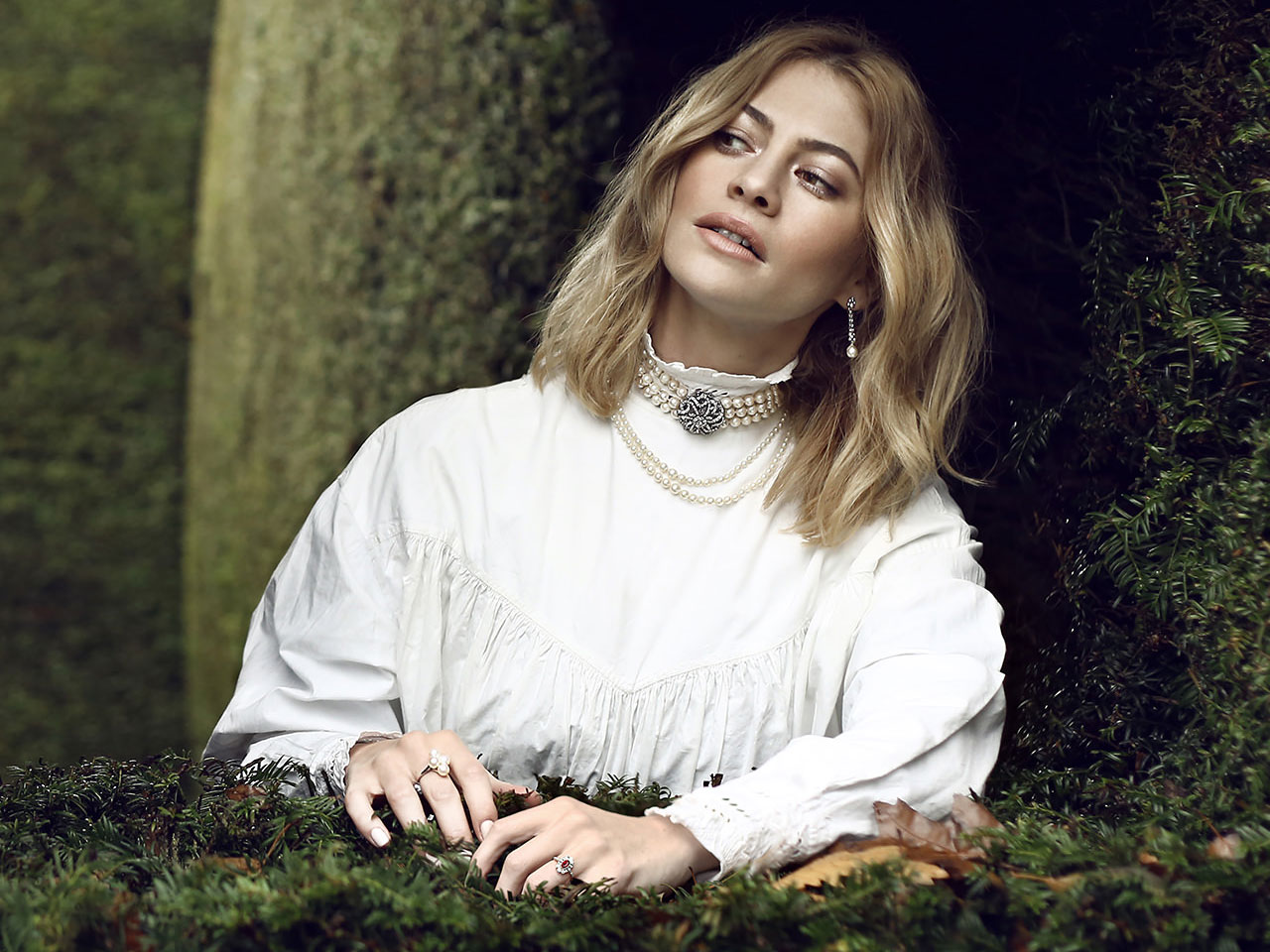
Symbolism
Pearls are the birthstone for June and are also traditionally given as 30th wedding anniversary presents. They are said to represent purity, love and to promote a happy marriage.
Because They’re Worth It
It’s alleged that the Roman General Vitelliusa paid for an entire military campaign by selling one of his mother’s pearl earrings.
Nearly 2000 years later, in 1917, Pierre Cartier traded a double strand of natural pearls for a mansion on Fifth Avenue in New York City.

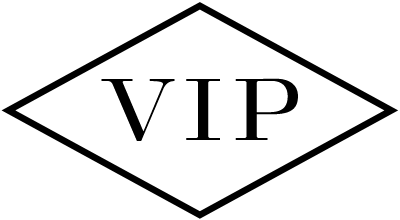

 Free Worldwide Delivery
Free Worldwide Delivery View All
View All
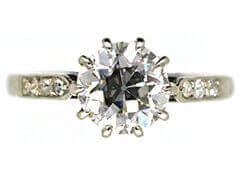 Diamond
Diamond
 Sapphire
Sapphire
 Emerald
Emerald
 Ruby
Ruby

